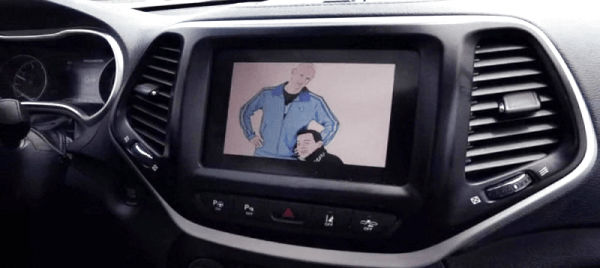[Andy Osusky]’s project submission for the Hackaday Prize is to build an autonomous sailboat to cross the Atlantic Ocean. [Andy]’s boat will conform to the Microtransat Challenge – a transatlantic race for autonomous boats. In order to stick to the rules of the challenge, [Andy]’s boat can only have a maximum length of 2.5 meters, and it has to hit the target point across the ocean within 25 kilometers.
The main framework of the boat is built from aluminum on top of a surfboard, with a heavy keel to keep it balanced. Because of the lightweight construction, the boat can’t sink and the heavy keel will return it upright if it flips over. The sail is made from ripstop nylon reinforced by nylon webbing and thick carbon fiber tubes, in order to resist the high ocean winds.
The electronics are separated into three parts. A securely sealed Pelican case contains the LiFePo4 batteries, the solar charge controller, and the Arduino-based navigation controller. The communications hardware is kept in polycarbonate cases for better reception. One case contains an Iridium satellite tracker, compass, and GPS, the other contains two Globalstar trackers. The Iridium module allows the boat to transmit data via the Iridium Short Burst Data service. This way, data such as GPS position, wind speed, and compass direction can be transmitted.
[Andy]’s boat was launched in September from Newfoundland headed towards Ireland. However, things quickly seemed to go awry. Storms and crashes caused errors and the solar chargers seemed not to be charging the batteries. The test ended up lasting about 24 days, during which the boat went almost 1000km.
[Andy] is redesigning the boat, changing to a rigid sail and enclosing the hardware inside the boat. In the meantime, the project is open source, so the hardware is described and software is available on GitHub. Be sure to check out the OpenTransat website, where you can see the data from the first sailing. Also, check out this article on autonomous kayaks, and this one about a swarm of autonomous boats.
Continue reading “Autonomous Transatlantic Seafaring” →


















